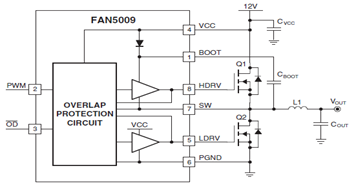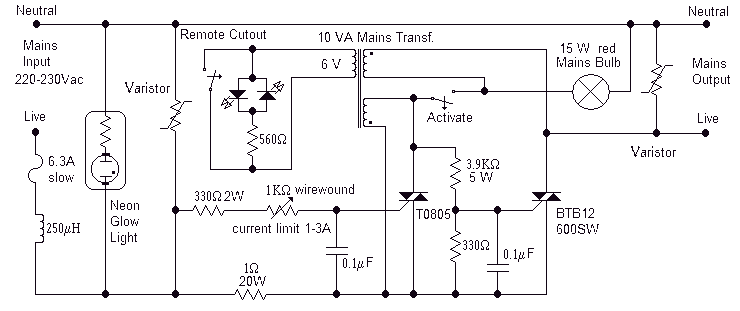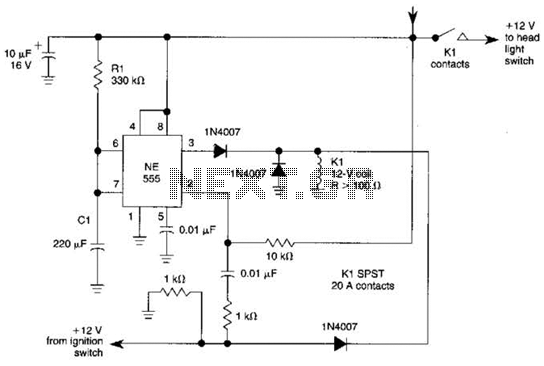
Window Comparator Circuit

IC1-c functions as a non-inverting comparator, while IC1-a operates as an inverting comparator. Potentiometer R1 and fixed resistors R2 and R3 create a voltage divider chain that provides slightly different voltages to the two comparators. These voltages establish the upper and lower limits of the circuit's switching window, which can be easily adjusted by changing the values of R2 and R3. The LED illuminates only when the input voltage is within the defined window region.
The circuit utilizes two operational amplifiers configured as comparators to monitor an input voltage signal. The non-inverting comparator (IC1-c) compares the input voltage against a reference voltage set by the voltage divider formed by R1, R2, and R3. The inverting comparator (IC1-a) also compares the input voltage but against a different reference voltage. The outputs of these comparators determine the state of the LED indicator.
When the input voltage is below the lower threshold defined by the voltage from R2 and R3, the output of IC1-a goes high, turning on the LED. Conversely, when the input voltage exceeds the upper threshold defined by the voltage from R1, the output of IC1-c goes low, turning off the LED. This creates a defined voltage window within which the LED remains lit, indicating that the input voltage is operating within the desired range.
The circuit's design allows for easy adjustments to the switching window by varying the resistance values of R2 and R3, thereby changing the reference voltages for both comparators. This flexibility makes the circuit suitable for various applications where monitoring and indicating voltage levels are required. Additionally, the use of a potentiometer (R1) provides fine-tuning capabilities for the upper limit, enhancing the precision of the voltage thresholds. ICl-c functions as a noninverting comparator, and ICl-a operates as an inverting comparator. Potentiometer Rl and fixed resistors R2 and R3 form a divider chain that delivers slightly different voltages to the two comparators. These voltages define the upper and lower limits of the circuit`s switching window, which can be changed easily by varying R2 and R3.
The LED glows only when the input voltage falls within the window region.
The circuit utilizes two operational amplifiers configured as comparators to monitor an input voltage signal. The non-inverting comparator (IC1-c) compares the input voltage against a reference voltage set by the voltage divider formed by R1, R2, and R3. The inverting comparator (IC1-a) also compares the input voltage but against a different reference voltage. The outputs of these comparators determine the state of the LED indicator.
When the input voltage is below the lower threshold defined by the voltage from R2 and R3, the output of IC1-a goes high, turning on the LED. Conversely, when the input voltage exceeds the upper threshold defined by the voltage from R1, the output of IC1-c goes low, turning off the LED. This creates a defined voltage window within which the LED remains lit, indicating that the input voltage is operating within the desired range.
The circuit's design allows for easy adjustments to the switching window by varying the resistance values of R2 and R3, thereby changing the reference voltages for both comparators. This flexibility makes the circuit suitable for various applications where monitoring and indicating voltage levels are required. Additionally, the use of a potentiometer (R1) provides fine-tuning capabilities for the upper limit, enhancing the precision of the voltage thresholds. ICl-c functions as a noninverting comparator, and ICl-a operates as an inverting comparator. Potentiometer Rl and fixed resistors R2 and R3 form a divider chain that delivers slightly different voltages to the two comparators. These voltages define the upper and lower limits of the circuit`s switching window, which can be changed easily by varying R2 and R3.
The LED glows only when the input voltage falls within the window region.





